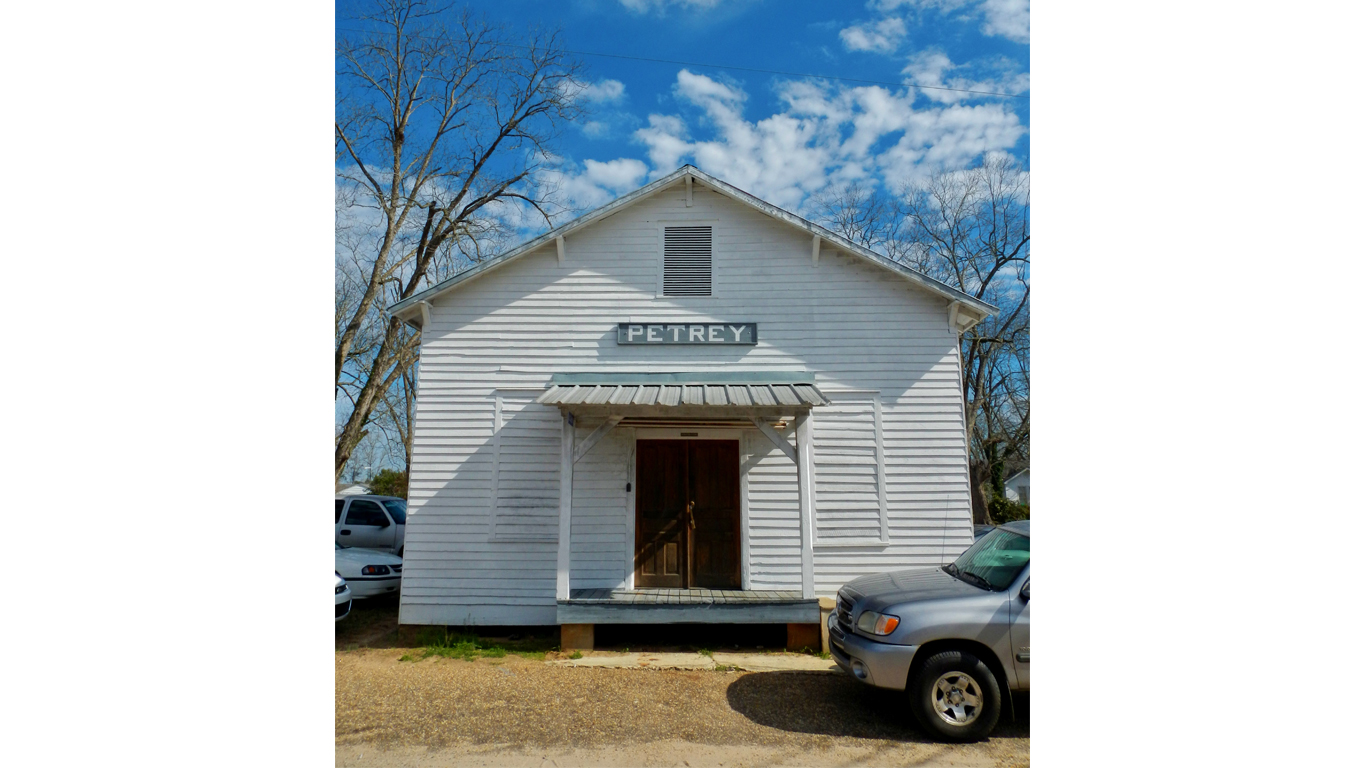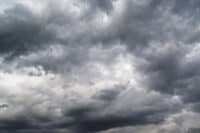
Temperature is the primary measure of climate change, usually described as the warming of the planet as average temperatures trend higher. Not just average high temperatures are trending higher but average low temperatures – and that is having its own impact on natural systems and quality of life on Earth.
Importantly, lower temperatures, which usually occur at night, play a crucial role in cooling the Earth and providing relief from high daytime temperatures. Low temperatures are also seasonal, and there are economic and health impacts to milder winters. They interfere with cold weather businesses, such as those related to outdoor recreation, winter apparel, or snow removal. Fewer cold days in winter can also mean the failure of some crops and the lengthening of mosquito and tick seasons.
While average low temperatures are generally rising faster than average high temperatures, there are some anomalies, including a trend of lower temperatures in some places, even as temperatures around the world are increasingly warmer. (These are the U.S. cities with the most unusual weather this year.)
One explanation for this phenomenon is that the warming of the Arctic and its waters has changed the shape and reach of the polar vortex, a circular, low pressure pattern of cold air. The stretching and weakening of the system, and its impact on the jet stream, result in an increase in cold temperature extremes in the U.S. and northern Eurasia. America’s South and Midwest appear to be particularly vulnerable to polar vortex events.
The Texas cold wave of last February serves as an alarming example of what changed weather patterns can bring. The Texas event caused 150 deaths and more than $20 billion in damages. Millions of people lost power across the state, bringing to national attention the vulnerability of our electricity delivery systems, cumulatively referred to as “the grid.” In January of 2019, another polar vortex event brought extreme low temperatures to the upper Midwest, with temperatures reaching into the -60s.
While the rest of the country has experienced a pattern of decreasing extreme cold, there are towns in the United States that have experienced an increase in unusually cold days since 1948. (This is the coldest town in every state.)
To find the towns where the number of unusually cold weather days increased since 1948, 24/7 Wall St. reviewed the report Climate Change Indicators: High and Low Temperatures of the Environmental Protection Agency.
Perhaps surprising, most of the 23 towns on this list are in the South, with three towns each in Alabama, Florida, and North Carolina. Apart from one town in Pennsylvania and Michigan, the remaining six towns are in the West, with two in Colorado.
Click here to see the number of unusually cold days increased in only 23 US Towns
Methodology
To identify the cities in which the number of unusually cold days increased from 1948-2020, 24/7 Wall St. reviewed the report Climate Change Indicators: High and Low Temperatures of the Environmental Protection Agency. Unusually cold days are classified as days in which the minimum temperature is within the fifth percentile temperature during the 1948–2020 period. Only cities with weather stations that have been active since 1948 were considered. Population data came from the U.S. Census Bureau.
23. Danevang, Texas
> Change in unusually cold days: +5.2%
> Population: 113
[in-text-ad]
22. Camilla, Georgia
> Change in unusually cold days: +6.3%
> Population: 5,126
21. Calhoun, Louisiana
> Change in unusually cold days: +6.4%
> Population: 385
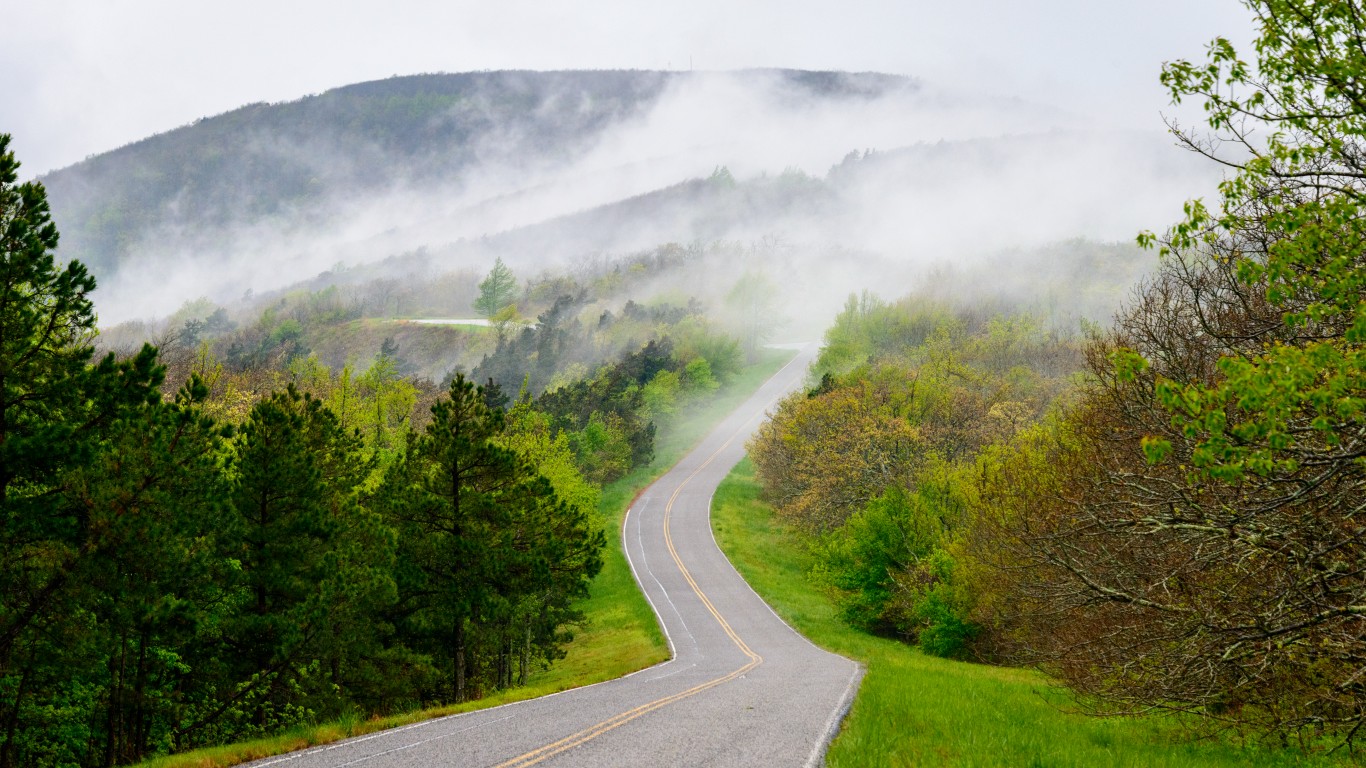
20. Mena, Arkansas
> Change in unusually cold days: +7.1%
> Population: 5,558
[in-text-ad-2]
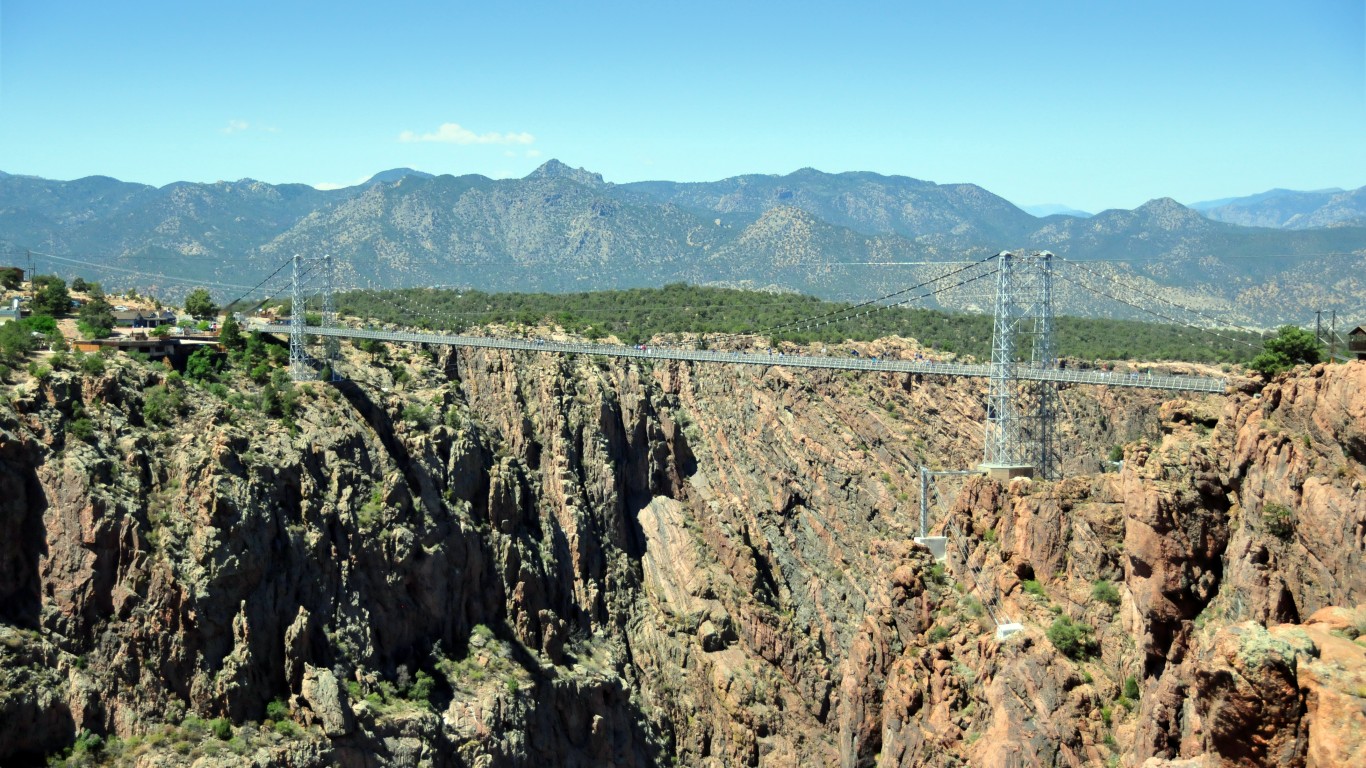
19. Cañon city, Colorado
> Change in unusually cold days: +7.1%
> Population: 16,532
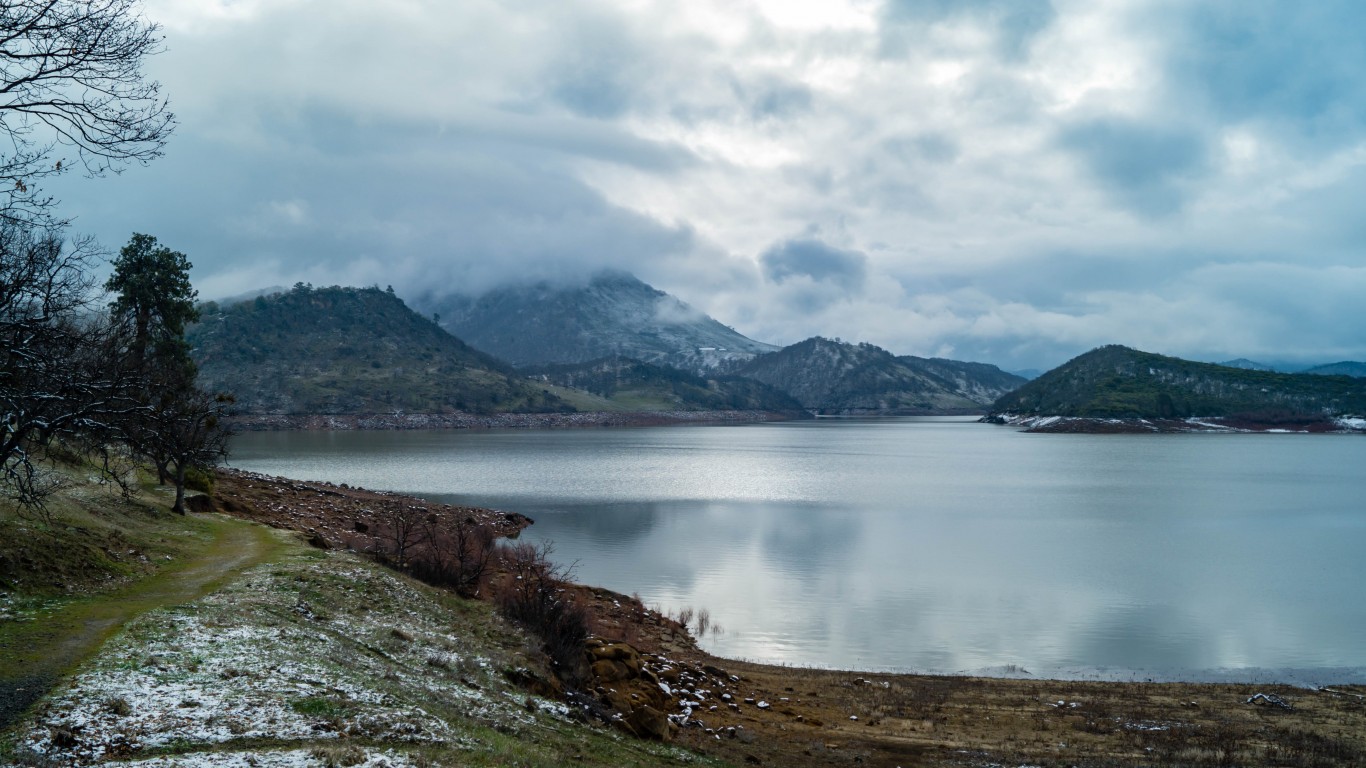
18. Ashland, Oregon
> Change in unusually cold days: +7.3%
> Population: 21,056
[in-text-ad]
17. Pearce, Arizona
> Change in unusually cold days: +7.9%
> Population: 2,067

16. Mountain Village, Colorado
> Change in unusually cold days: +8.8%
> Population: 1,842
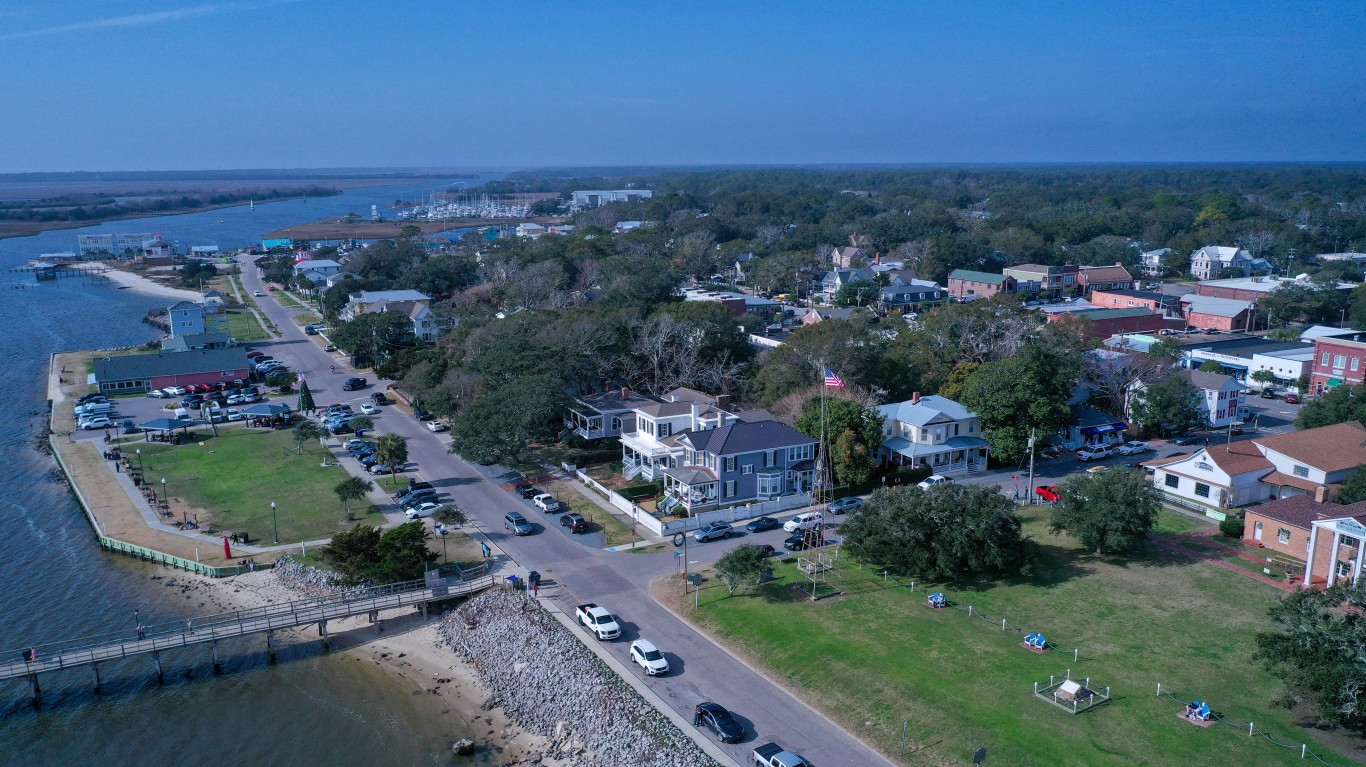
15. Southport, North Carolina
> Change in unusually cold days: +9.2%
> Population: 3,739
[in-text-ad-2]
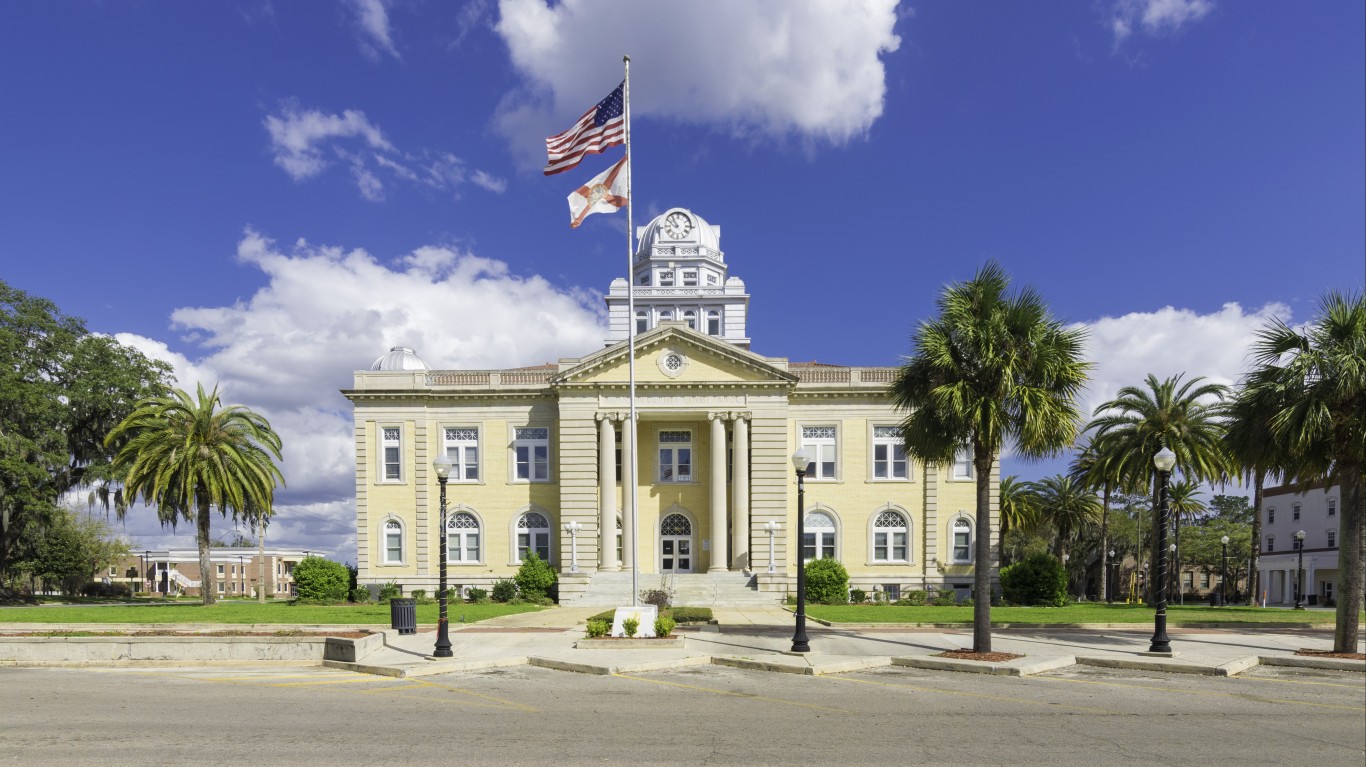
14. Madison, Florida
> Change in unusually cold days: +9.2%
> Population: 2,793
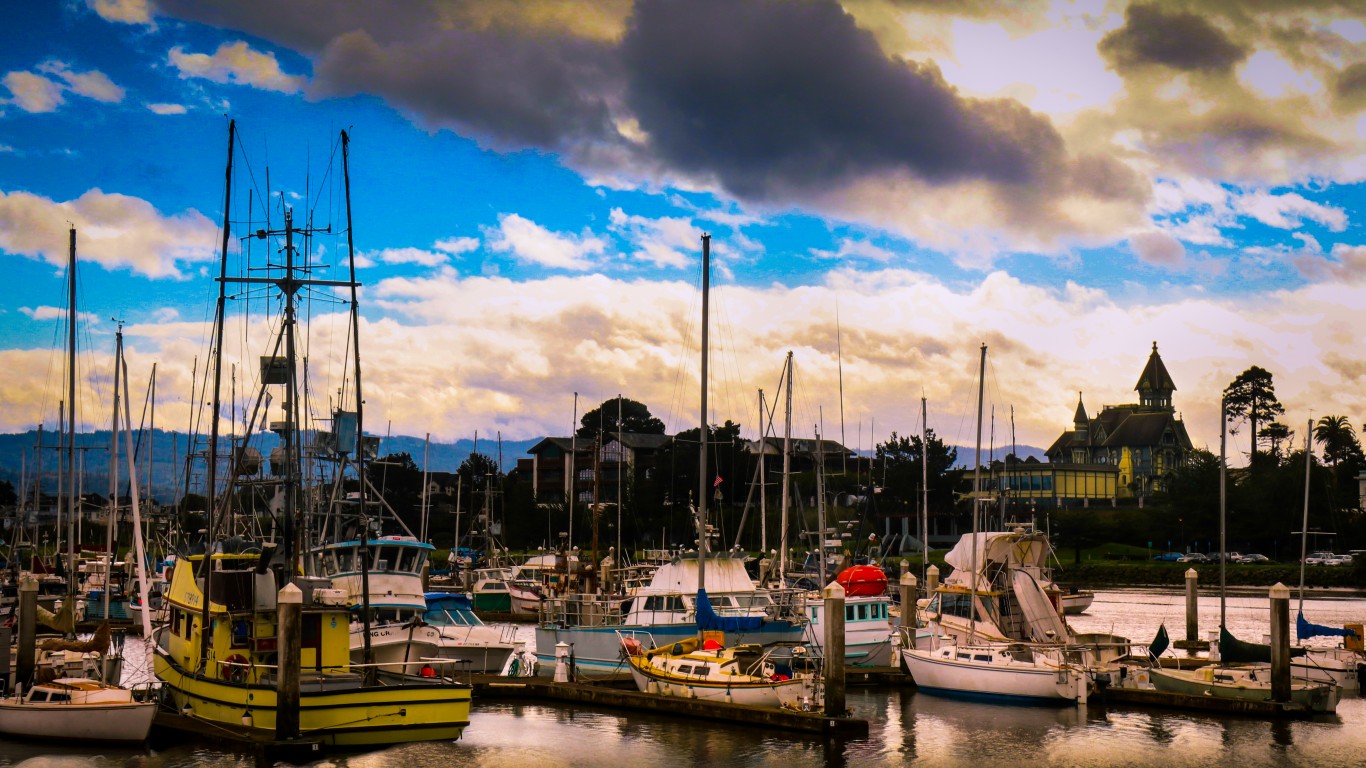
13. Eureka, California
> Change in unusually cold days: +9.5%
> Population: 26,966
[in-text-ad]
12. Highlands, North Carolina
> Change in unusually cold days: +9.7%
> Population: 1,164
11. Bastrop, Louisiana
> Change in unusually cold days: +9.9%
> Population: 10,311

10. Fairhope, Alabama
> Change in unusually cold days: +10.0%
> Population: 223,234
[in-text-ad-2]
9. West Chester, Pennsylvania
> Change in unusually cold days: +11.1%
> Population: 20,034
8. Moss Point, Mississippi
> Change in unusually cold days: +11.9%
> Population: 13,451
[in-text-ad]
7. Marion, North Carolina
> Change in unusually cold days: +12.2%
> Population: 7,834
6. Gaastra, Michigan
> Change in unusually cold days: +12.5%
> Population: 323
5. Inverness, Alabama
> Change in unusually cold days: +13.7%
> Population: 12,059
[in-text-ad-2]
4. Hazel Dell, Washington
> Change in unusually cold days: +14.0%
> Population: 21,196
3. Inverness Highlands South, Florida
> Change in unusually cold days: +15.6%
> Population: 6,441
[in-text-ad]
2. Apalachicola, Florida
> Change in unusually cold days: +17.8%
> Population: 2,514
1. Petrey, Alabama
> Change in unusually cold days: +19.5%
> Population: 66
Find a Qualified Financial Advisor (Sponsor)
Finding a qualified financial advisor doesn’t have to be hard. SmartAsset’s free tool matches you with up to 3 fiduciary financial advisors in your area in 5 minutes. Each advisor has been vetted by SmartAsset and is held to a fiduciary standard to act in your best interests. If you’re ready to be matched with local advisors that can help you achieve your financial goals, get started now.
Thank you for reading! Have some feedback for us?
Contact the 24/7 Wall St. editorial team.
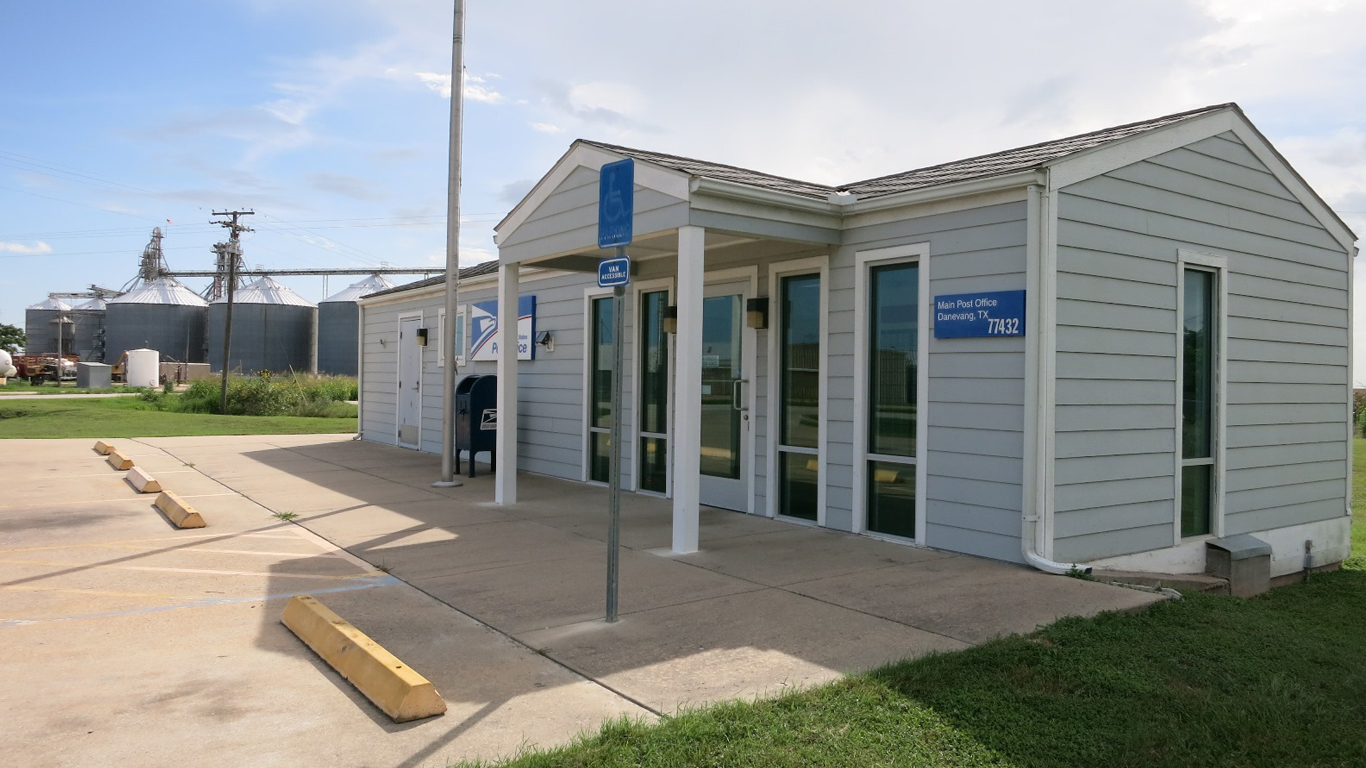

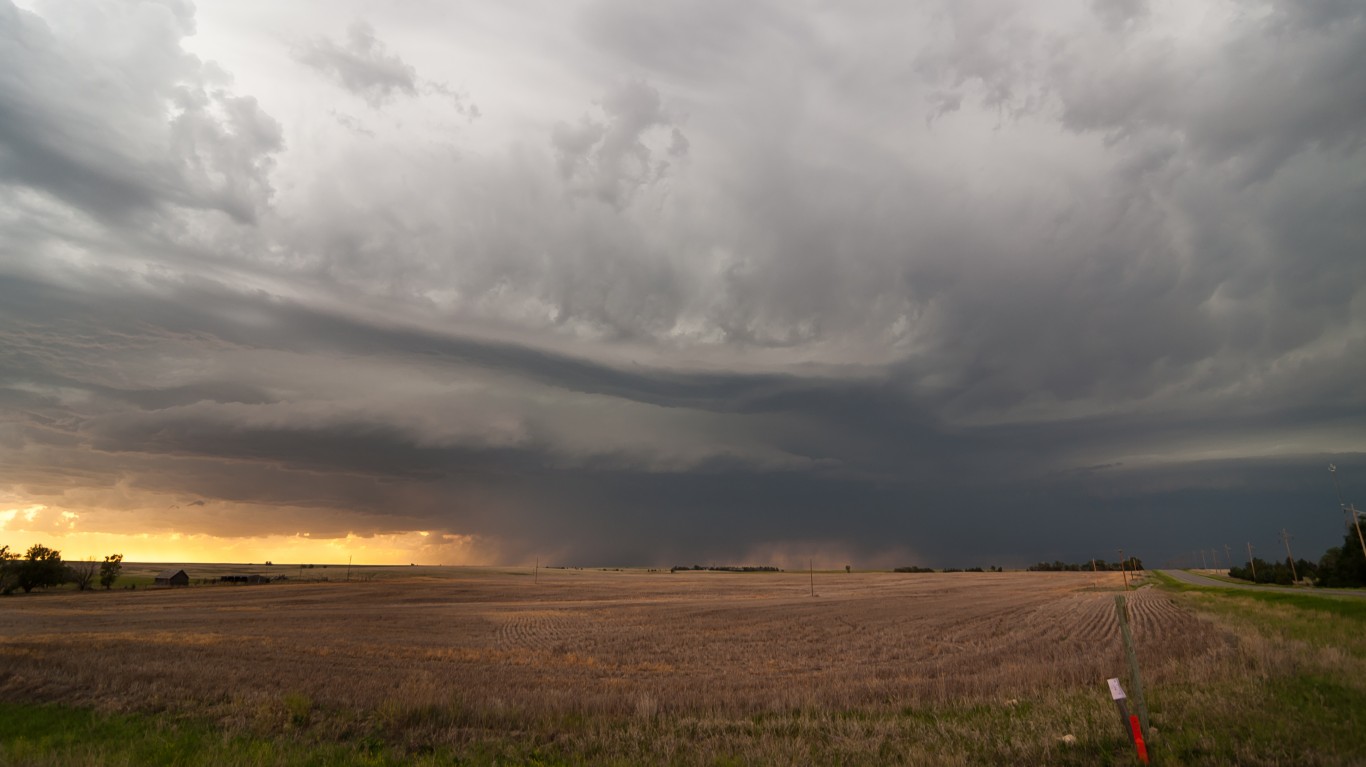 24/7 Wall St.
24/7 Wall St.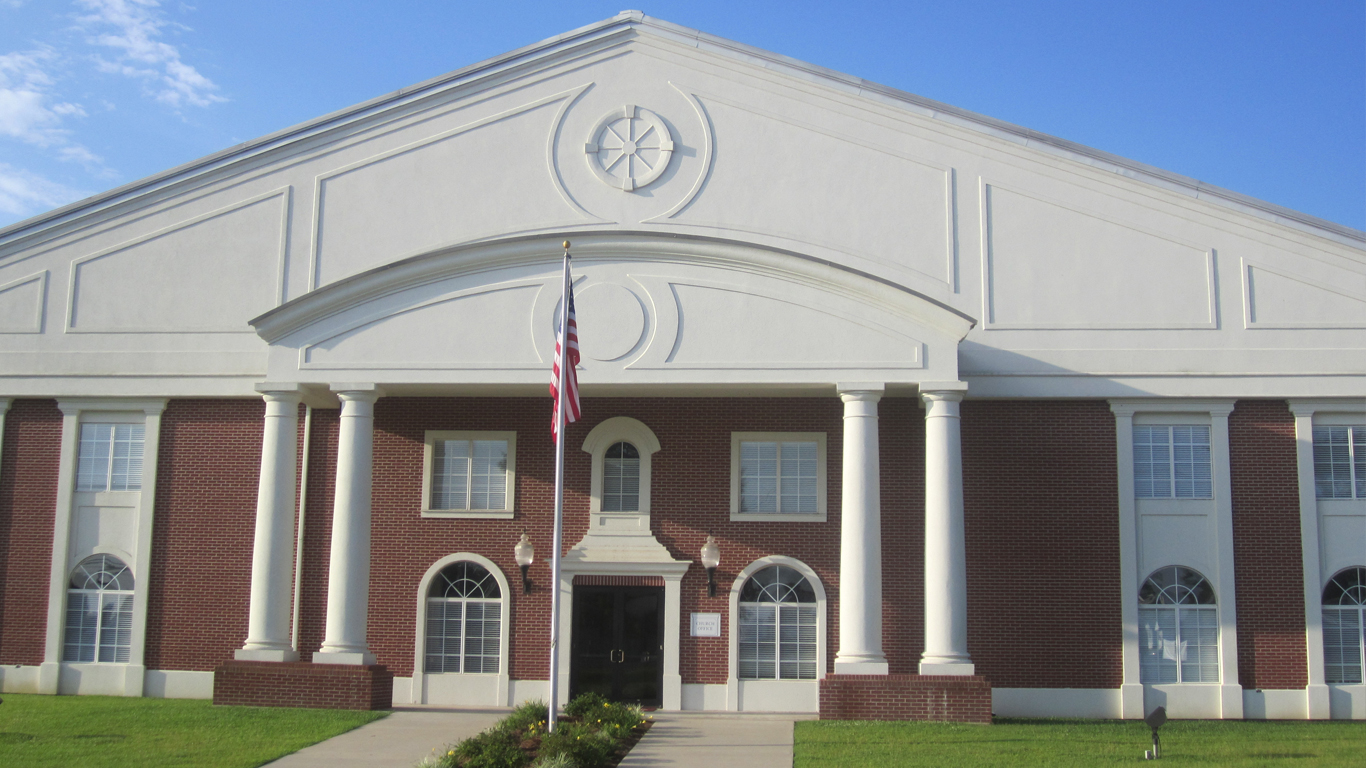
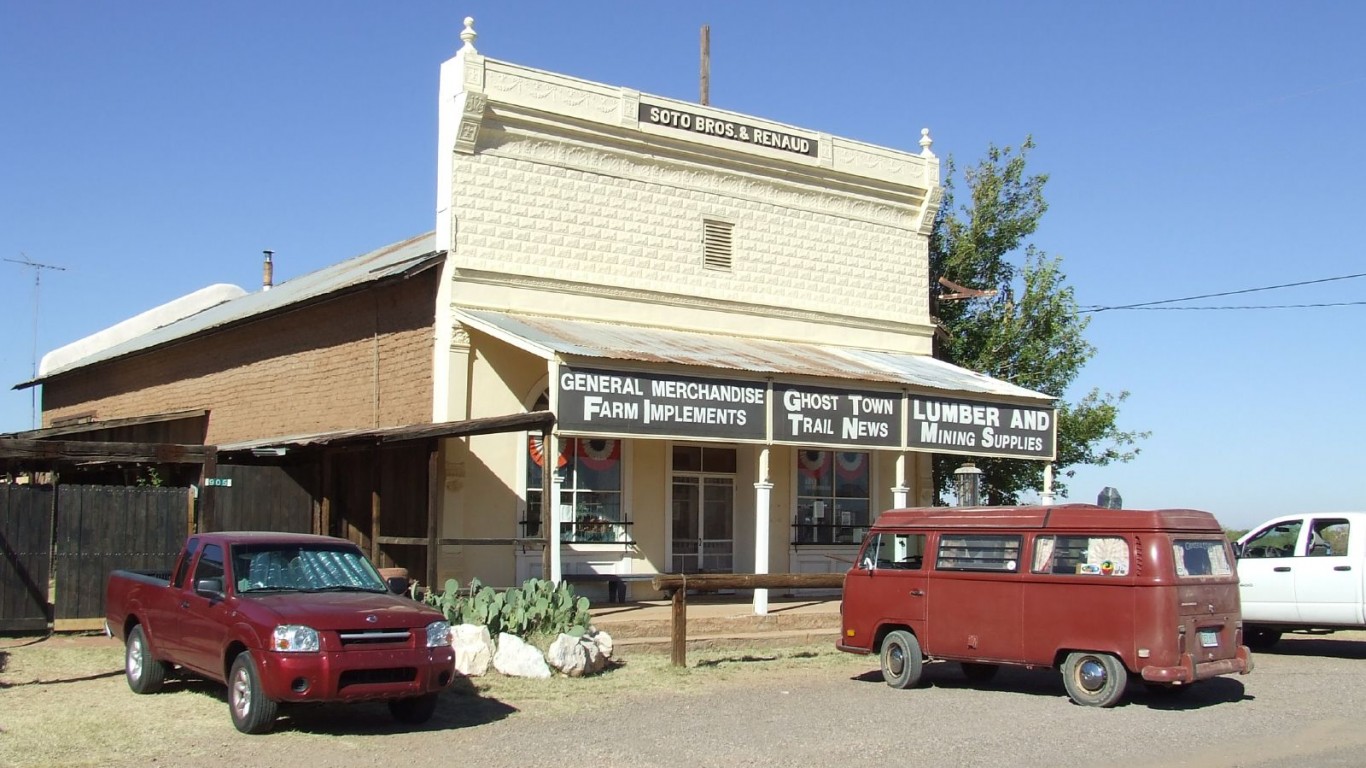
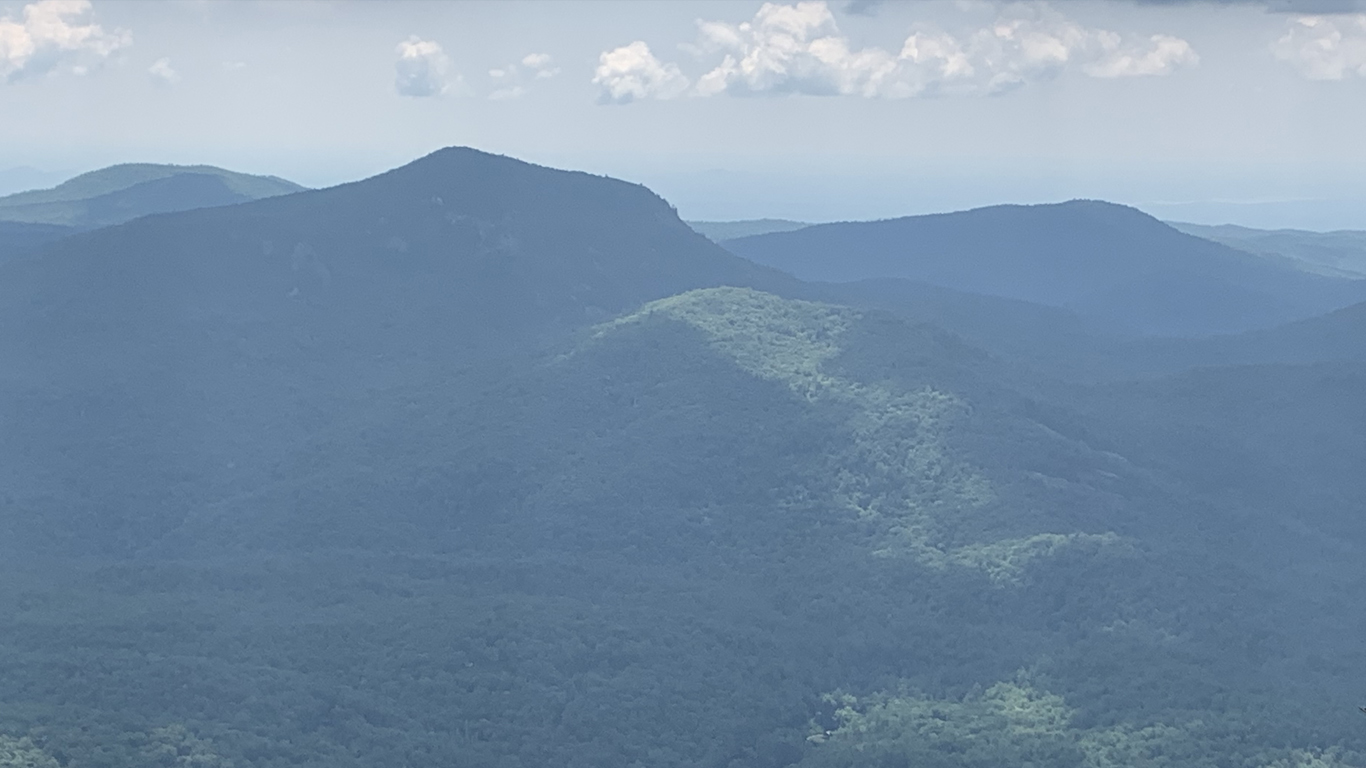
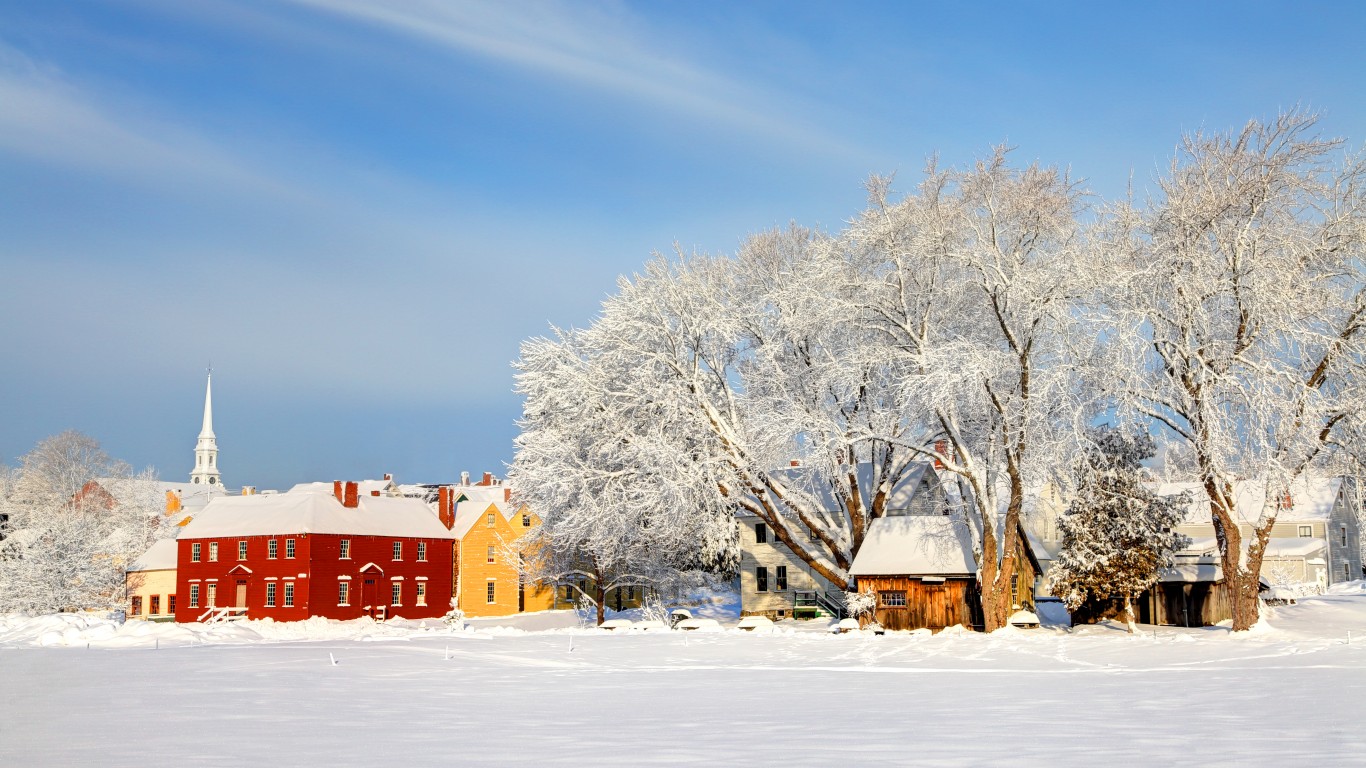 24/7 Wall St.
24/7 Wall St.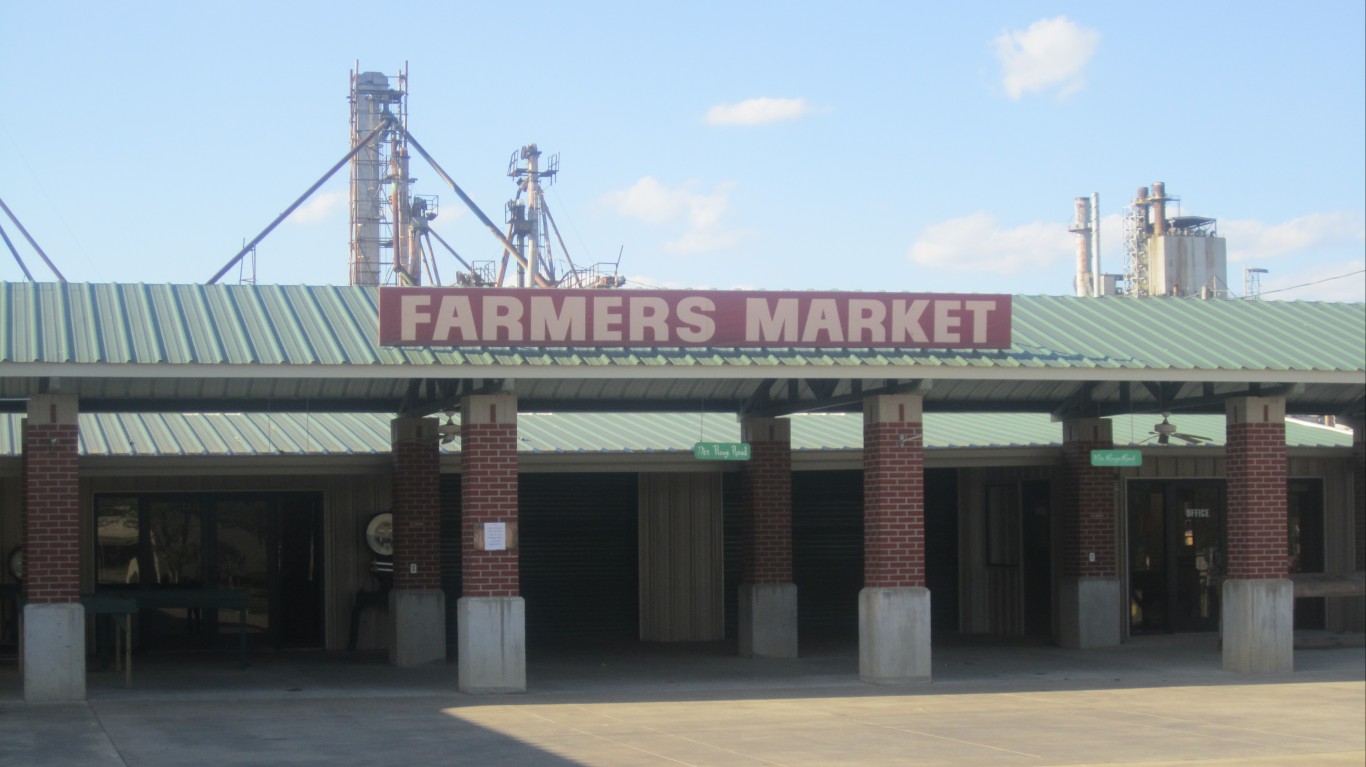

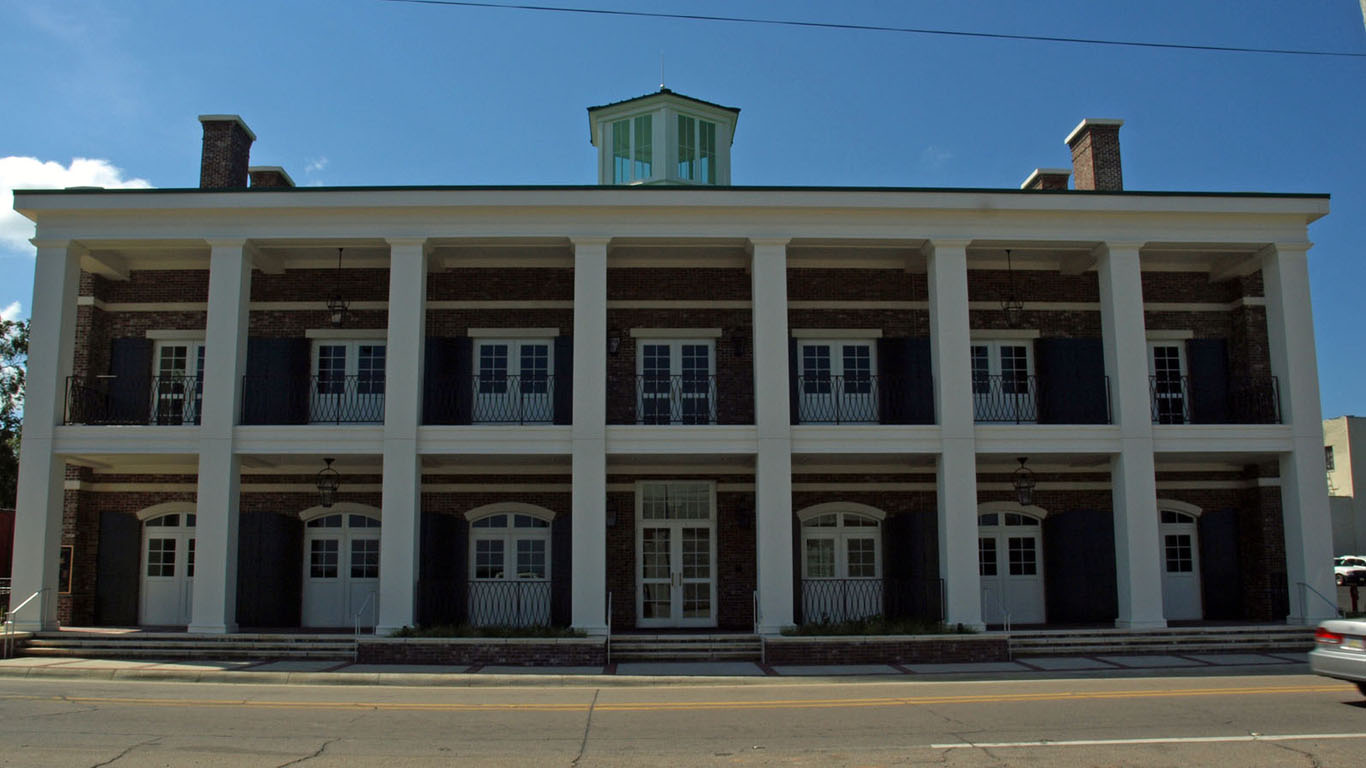
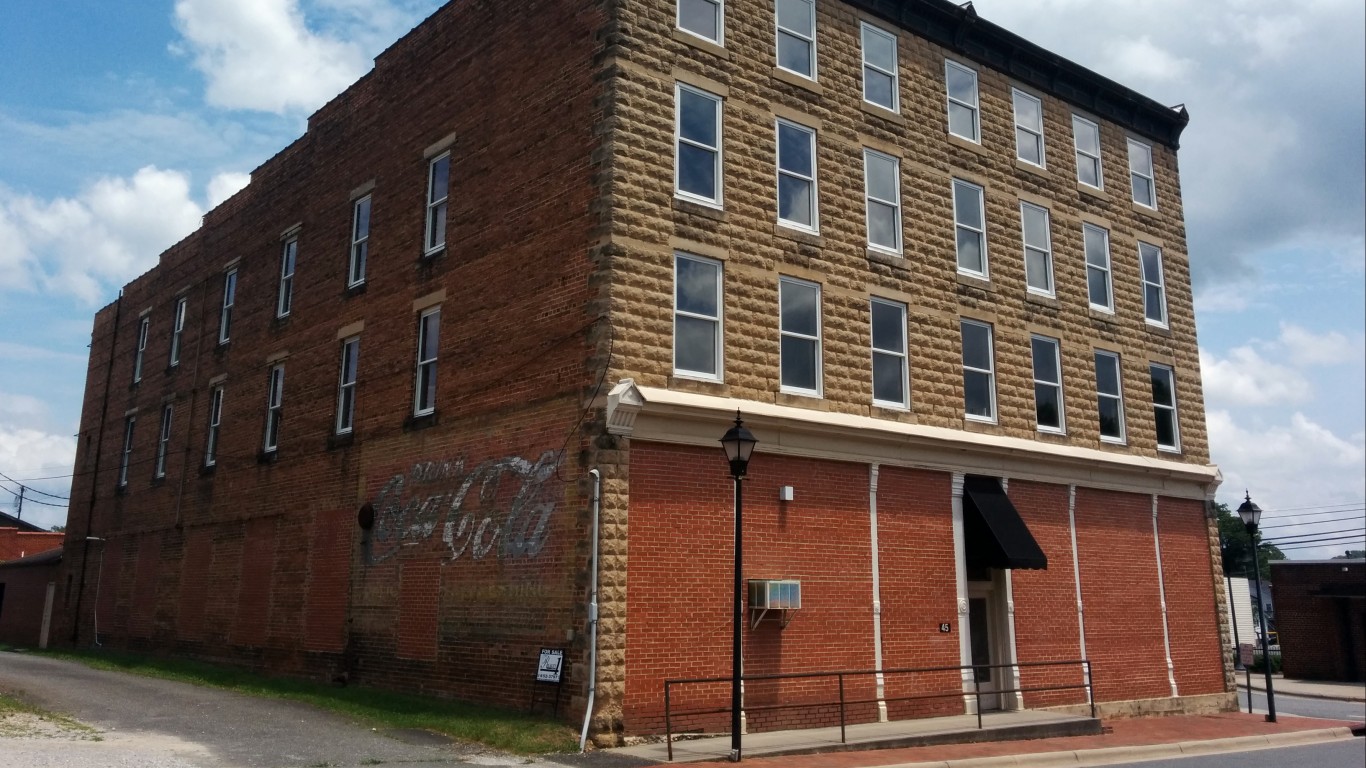

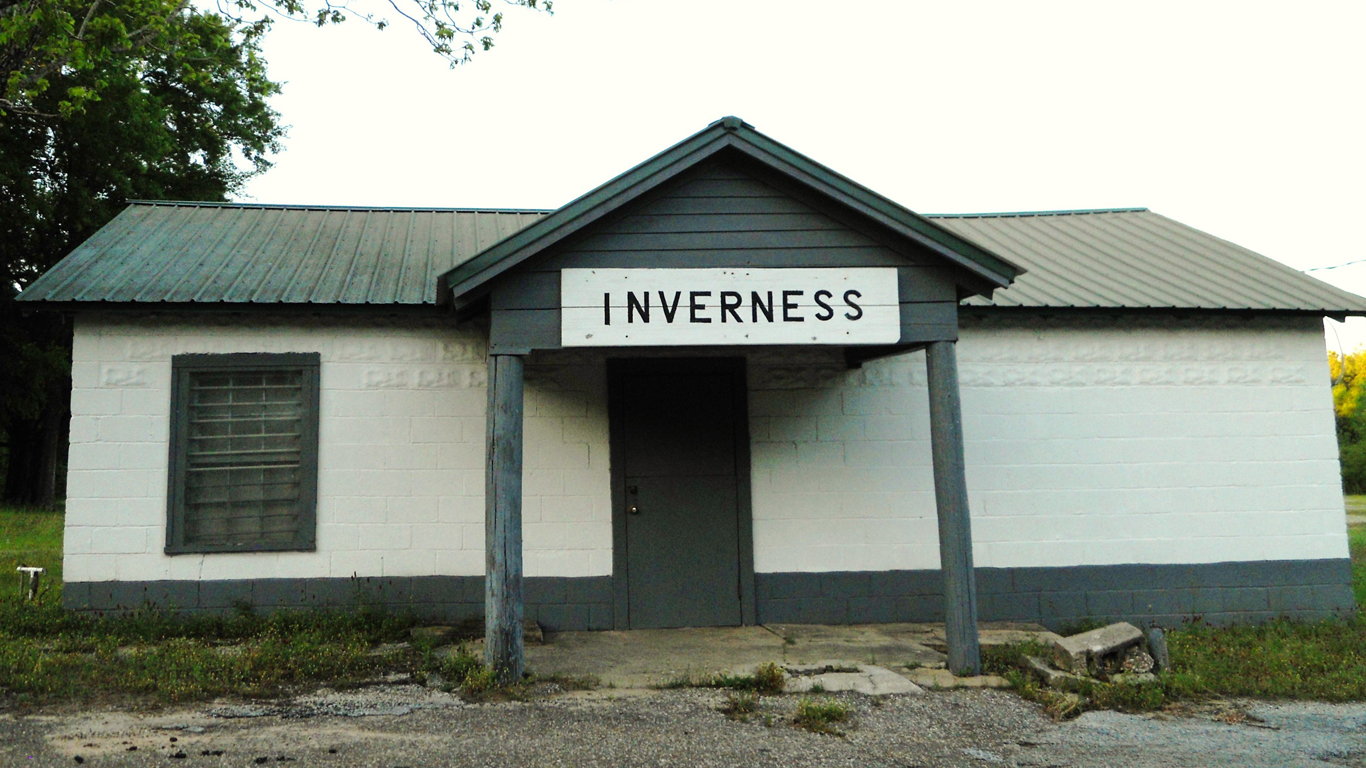

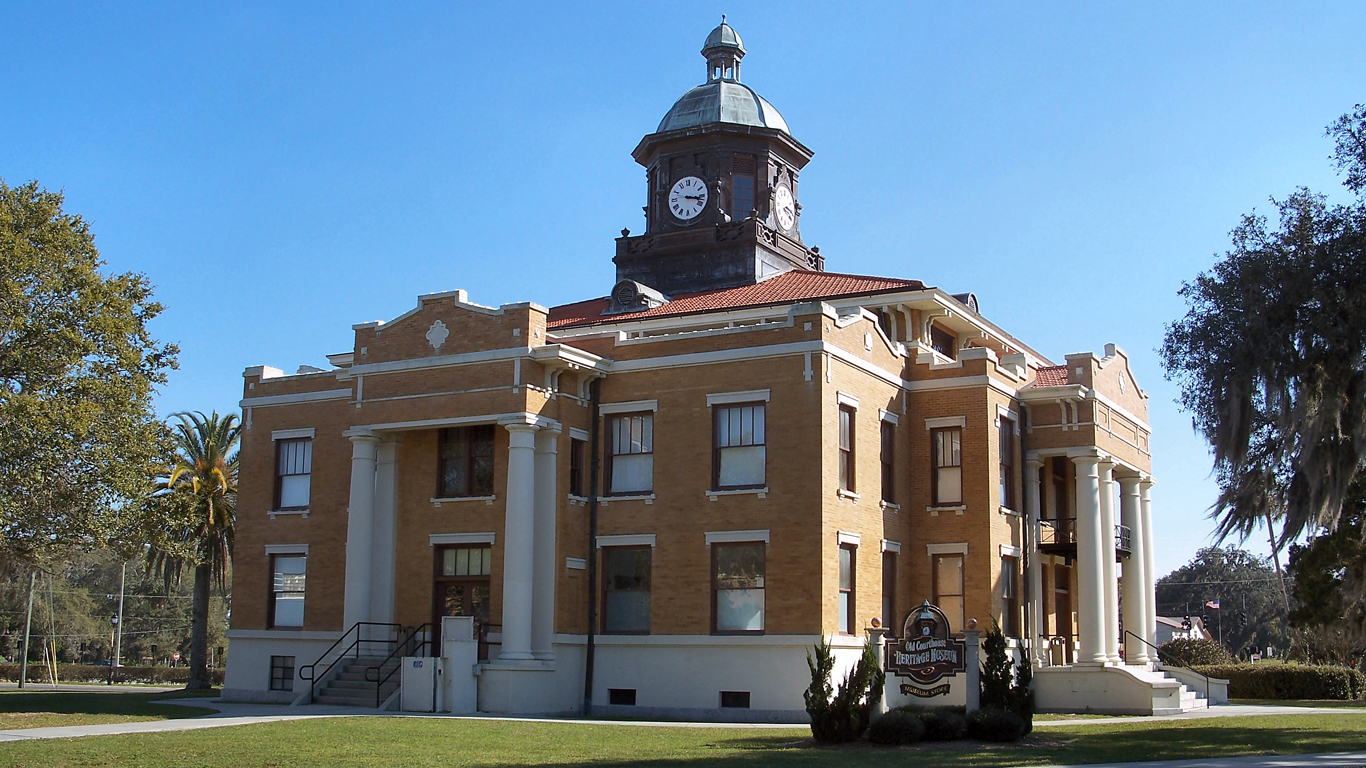

 24/7 Wall St.
24/7 Wall St.